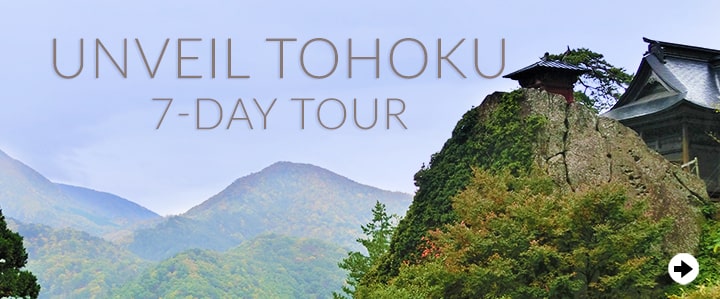Yamagata, Japan Jan. 27 Mon 1:04PM
Dewa Sanzan
One of Japan’s most sacred pilgrimage routes, the Dewa Sanzan is composed of three holy mountains, which are especially revered by the ascetic yamabushi (mountain monks), which can still be seen in their distinctive white clothing worshipping on the mountains to this day.
Mt. Haguro
The most easily accessible of the three is Mt. Haguro, and it is also the only of the mountains that is open to visitors year round. Each of the three mountains of the pilgrimage represents birth, death, and rebirth, respectively, and Mt. Haguro represents birth.
If a visitor were to only visit one of the three mountains, Mt. Haguro may be a good choice with its slightly shorter climb and the magnificent pagoda on its summit.
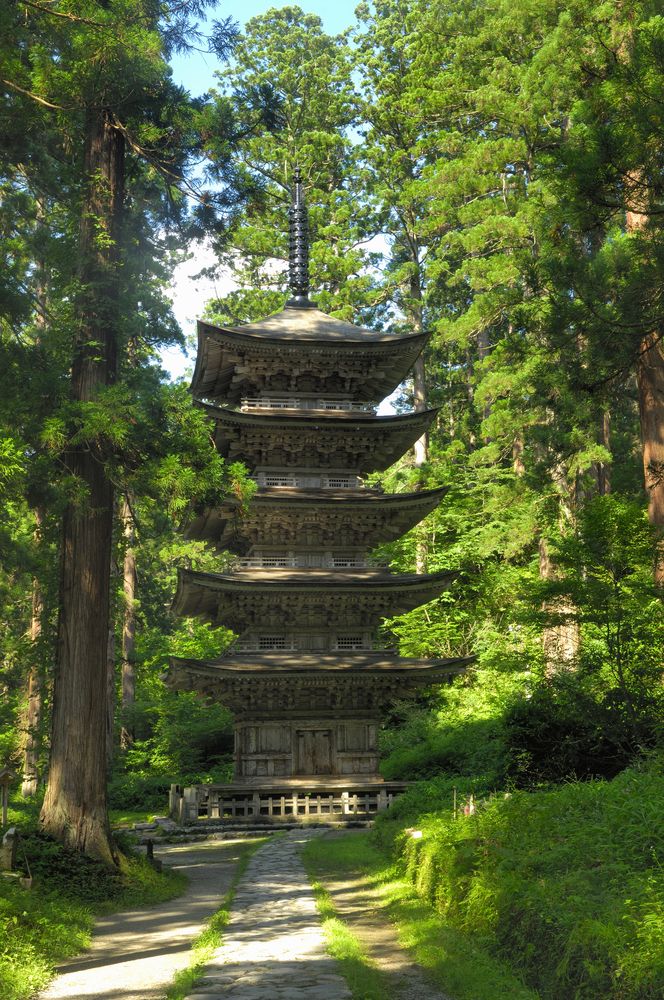
That’s not to imply that it’s an easy journey. Although there is a road allowing visitors to reach the top by car or bus, pilgrims choosing to climb face quite a difficult challenge of 2,466 stone steps to the top. The famous Haiku poet Basho, climbing amidst hot summer temperatures all day and relieved as the evening cooled down, wrote the following haiku on Mt. Haguro:
Such cool air - the faint crescent moon hovers over Mt. Haguro
(涼しさや ほの三日月の 羽黒山)
Oh, the cool refreshing air and the sight of the crescent moon above the thin clouds, faintly lighting Mt. Haguro
While climbing up, visitors can enjoy searching for 33 figures that are carved somewhere in the many steps on the mountain: it’s said that someone who can find them all will be blessed with good fortune.
The difficulty of reaching the top will only make the payoff of reaching the shrine housing all three gods of the Dewa Sanzan all the greater.
In addition to the famous pagoda is a temple where guests can lodge for the night and a rustin teahouse offering refreshments.
Mt. Gassan
The mountain representing death, Mt. Gassan, or “Moon Mountain” in Japanese, is the highest of the three peaks, and due to heavy snowfalls, is only open for hiking in summer.
The long, yet not particularly steep, path to the top of Mt. Gassan is a very scenic one, where visitors will trudge through marshes, fields of flowers, patches of snow, and be treated to wide expansive vistas.
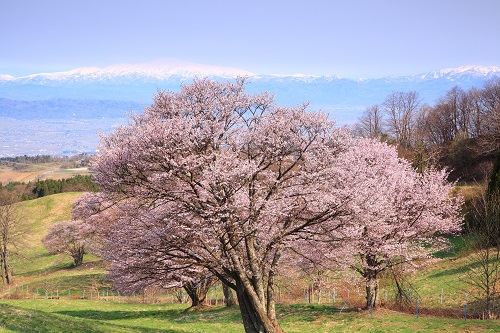
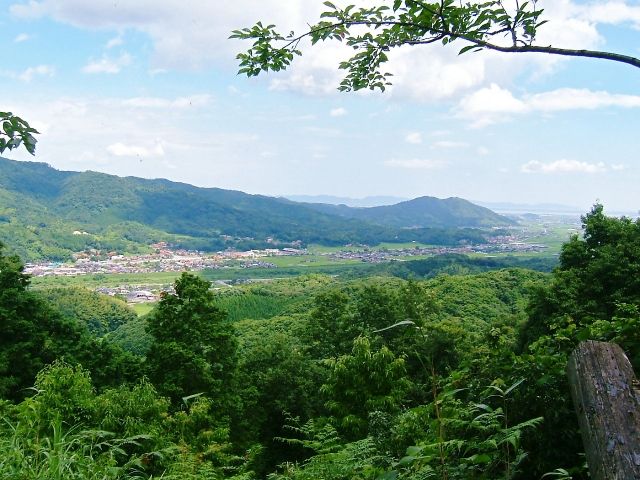
Upon finally reaching the top, all visitors are required to undergo a purification rite at the shrine carried out by the shrine’s priests, and of course people of all (or no) faiths are welcome.
When Basho finally reached the top, he wrote the following poem, tying nicely in with the mountain’s name:
One after another, the crumbling cloud peaks on Moon Mountain
(雲の峰 幾つ崩れて 月の山)
I wonder how many of the peaks of the cumulonimbus clouds rising in the sky collapsed to form this Mt. Gassan. It is hard to believe that something from the heavens collapsed and landed on the ground.
Mt. Yudono
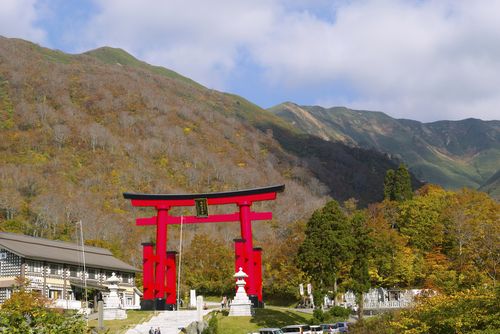
Travelers challenging all three of the peaks usually head directly from Mt. Gassan to the adjacent Mt. Yudono, which, the final of the three mountains, represents rebirth, and is considered the most holy.
The climb to the top is steep and difficult, but there is actually a road where it is possible to take a bus up to the shrine. Those who reach the top are forbidden to speak of, document or share what they see or hear there, so the mountain remains shrouded in mystery.
The Dainichi-Boo Temple on Mt. Yudono contains one of Japan’s most famous examples of a sokushinbutsu, a Buddhist monk who mummified himself by years of extreme self-poisoning and fasting, removing all fat from his body and preventing his own decomposition. Most monks who undertook this extreme form of training did it in this area, and the waters of the local streams which contain arsenic aided them in their task. The sokushinbutsu are today considered living Buddhas, though the practice is now of course banned.
Basho’s poem on Mt. Yudono is sort of a play on words, expressing both that he was too moved to tears to say anything, while also referencing the law of not speaking about one’s experiences there:
Unable to speak, I just dampen my sleeves on Mt. Yudono.
(語られぬ 湯殿にぬらす 袂かな)
It is a rule of the ascetics of Yudonozan not to speak of its mysteries to others. Now that I have visited Mt. Yudono myself, I cannot go into detail, but can only wet my sleeves with tears of gratitude.
For those wishing to visit the Dewa Sanzan, Tsuruoka Station in the Yamagata prefecture is recommended as a hub, as there are buses there by which one can reach all three peaks.

